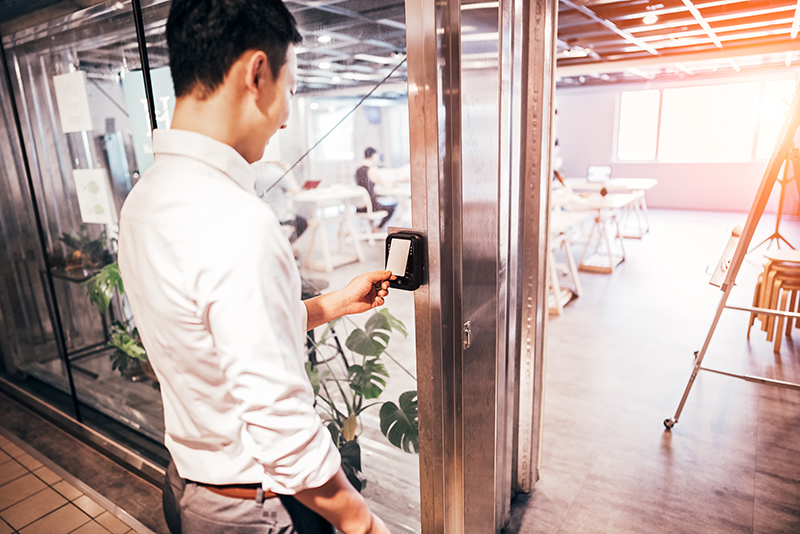An access control system is an essential security tool that enables people in businesses, schools, and other entities to restrict and manage access for individuals looking to enter a specific premises. Depending on the specific needs of the business, it can be a mandated security solution, helping to protect everything from sensitive information stored in data rooms or infants in a maternity unit, to an everyday system that manages access for employees in a corporate office or faculty in a school.
Regardless of the location for the access control system, selecting the right one can be a challenge for organizations of all types and sizes. There are many different factors that should be considered before investing in an access control system, including ease of use, scalability, adaptability, and integration capabilities.
Ease of Use
When selecting an access control system, one of the most important considerations is ease of use. Not only should the access control system be easy for users, but also for the system administrators. Who are looking to gain entrance into an entire building or specific area? How will users be added or removed from the system? Is the software and desktop application to manage this task intuitive for the administrator? Does the access control system offer a mobile application for remote management capabilities? Finally, does the system allow the administrator to easily customize access levels, permissions and alerts without relying on the expertise of a security systems integrator to set up or manage?
Scalability
As an organization grows, it’s critical to ensure the systems in place can evolve as business needs change. For an access control system, this means the ability to easily scale up to add more badge holders or more secure entry points as a business grows. Take for example a start-up company that may be rapidly expanding its employee headcount and footprint in an office space. As the company moves from 25 employees, to 50, to a few hundred, the access control system should be able to grow with these additions. So too should its ability to add more door controls, especially as a company builds out more office space or adds new areas that need increased access control measures.
Integrations
Security shouldn’t operate in a silo which is why each component of a security system, including the access control system, needs to integrate with other solutions. Chief among them is surveillance, which when paired with an access control system, can provide valuable information when the system detects a forced door alert or multiple entry fail attempts. An integrated surveillance system can be prompted to send a video clip of these attempts. The security administrator can then identify whether the attempts were from an employee who forgot their badge, or an unknown individual who may have malicious intent.
Another integration capability that pairs well with access control are intercom systems. Intercoms provide a reliable communication tool, enabling front desk staff to screen visitors before permitting an individual to enter a lobby. When integrated with an access control system, the intercom provides another layer of security, by requiring those entering a premises to communicate through the intercom before proceeding to badge in. It also serves as a valuable communication tool in the event that an employee’s access control credential is not working properly. That employee can then use the intercom call button to request assistance.
Adaptability
Another important consideration is whether the access control system is adaptable or versatile. This means that the system can be used for multiple environments or configured and reconfigured to meet specific or changing needs. A mixed-use building may need to restrict access to certain sections based on the type of tenant. A commercial tenant would have access to certain floors where offices are located, while a residential tenant may only be permitted to access residential floors or residential amenities.
In addition, high security areas that require biometrics authentication require an access control system that can integrate with this capability. While this functionality may not be needed immediately upon installation, it’s important to consider whether this capability can be leveraged in the future.
Selecting an access control system is a critical decision for any organization. End users should carefully select their access control system and take into account ease of use, integrations, scalability, and adaptability to ensure the system can grow and evolve to meet future needs.
